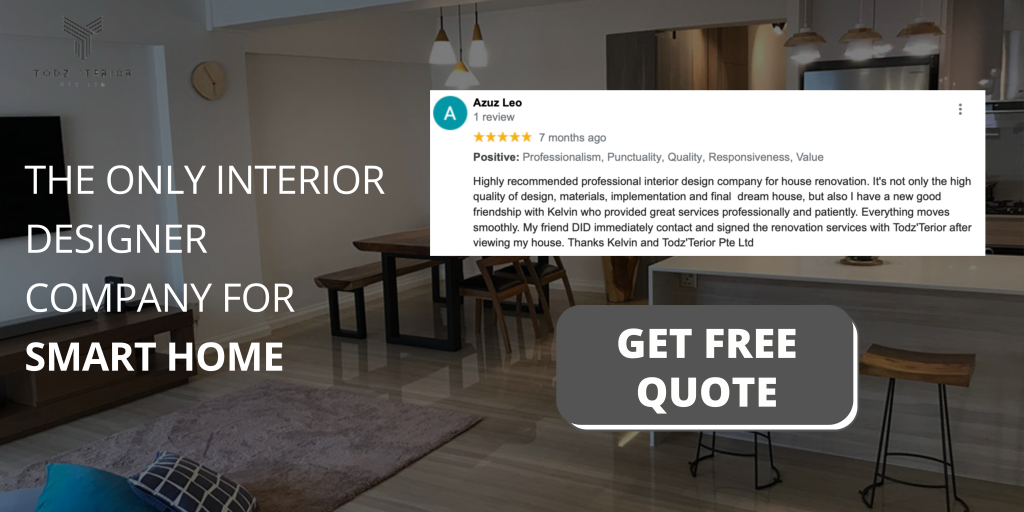Hospitality interior design plays a vital role in shaping the overall guest experience. As the competition in the hospitality industry continues to grow, it has become imperative for hotels, resorts, and other establishments to create memorable experiences that leave a lasting impression on their guests. In this article, we will explore the latest trends in hospitality interior design that are aimed at enhancing guest satisfaction and creating an immersive environment. So, let’s dive in and discover how these design elements can transform ordinary spaces into extraordinary experiences.
In This Article
Toggle
What is The Importance of Hospitality Interior Design?
In today’s competitive hospitality industry, creating a positive and memorable experience for guests is crucial. Hospitality interior design goes beyond aesthetics and focuses on enhancing comfort, functionality, and overall guest satisfaction. By carefully curating every element of a space, from furniture and lighting to color schemes and decor, designers have the power to transform a hotel or resort into an immersive and unforgettable experience.
Comfort and Functionality: Designing for Guest Needs
When it comes to hospitality interior design, comfort and functionality should be at the forefront. Guests seek a home away from home, where they can relax and unwind. Ergonomically designed furniture, well-thought-out room layouts, and intuitive amenities contribute to a seamless guest experience.
Embracing Technology: What are Smart Solutions for Modern Hospitality?
Technology plays a significant role in enhancing guest experiences. From keyless entry systems and in-room automation to personalized digital concierge services, incorporating smart solutions can elevate convenience and efficiency for guests.
Biophilic Design: Connecting with Nature
Bringing nature indoors through biophilic design elements has gained popularity in hospitality interiors. Living green walls, natural materials, and ample natural light not only create a visually appealing ambiance but also promote a sense of well-being and tranquility among guests.

Authenticity and Local Culture: A Sense of Place
Today’s travelers seek authentic experiences that connect them with the local culture. Incorporating local artwork, indigenous materials, and design elements that reflect the destination’s heritage can create a unique and memorable sense of place for guests.
Sustainability and Eco-Friendly Design: How to Reduce Environmental Footprint?
With increasing awareness of environmental issues, sustainable and eco-friendly design practices have become a top priority. Using recycled materials, energy-efficient lighting, and implementing water-saving measures not only contribute to a greener environment but also resonate with environmentally conscious guests.
Creative Use of Lighting: Setting the Mood
Lighting design is a powerful tool in hospitality interiors. It can create various moods, highlight architectural features, and guide guests through different spaces. From warm and cozy lighting in lounges to vibrant and energetic lighting in bars, each area should have its own unique ambiance.
Art and Statement Pieces: Adding a Touch of Luxury
Art has the ability to evoke emotions and add a touch of luxury to hospitality spaces. Thoughtfully selected artworks, sculptures, and statement pieces can become focal points that engage guests and elevate the overall aesthetic appeal of the environment.
Color Psychology: How to Create the Right Atmosphere?
Colors have a significant impact on human emotions and behaviors. Understanding color psychology allows designers to create specific atmospheres, whether it’s a soothing and tranquil spa or a vibrant and energetic restaurant. Each color choice should align with the desired guest experience.
Flexible Spaces: Adapting to Changing Guest Preferences
Flexibility is key in hospitality design, considering the ever-changing preferences of guests. Designing multifunctional spaces that can adapt to different needs, such as modular furniture and movable partitions, allows hotels to accommodate various events and guest requirements.

Wellness and Mindfulness: Designing for Well-Being
Wellness-focused design has gained momentum in the hospitality industry. Incorporating elements like dedicated fitness areas, spa facilities, meditation spaces, and healthy dining options caters to the growing demand for holistic well-being experiences.
Personalization: Tailoring Experiences to Individual Guests
Personalization is a rising trend in hospitality. Designers can create tailored experiences by offering customizable room configurations, personalized amenities, and intuitive guest interfaces that remember individual preferences, ensuring a memorable stay for each guest.
Acoustic Design: Ensuring a Peaceful Environment
Creating a serene and peaceful environment is crucial in hospitality interiors. Thoughtful acoustic design, including sound-absorbing materials, strategic room layouts, and noise reduction technologies, helps minimize disturbances and ensures a restful experience for guests.
Outdoor Spaces: Extending the Guest Experience
Outdoor spaces provide an opportunity to extend the guest experience beyond the confines of the interior. Rooftop gardens, poolside lounges, and landscaped courtyards offer guests a chance to relax, socialize, and enjoy the surrounding environment.
FAQs
- What is hospitality interior design? Hospitality interior design focuses on creating visually appealing and functional spaces within hotels, resorts, and other hospitality establishments.
- How does biophilic design enhance the guest experience? Biophilic design incorporates natural elements into interior spaces, promoting a sense of well-being and connection with nature, which enhances the guest experience.
- Why is personalization important in hospitality interior design? Personalization allows hotels to tailor experiences to individual guests, creating a more memorable and customized stay.
- How can lighting design impact the ambiance of a hospitality space? Lighting design can set the mood, highlight architectural features, and create different atmospheres within various areas of a hotel or resort.
- Why is sustainability important in hospitality interior design? Sustainability reduces the environmental impact of hospitality establishments and aligns with the growing demand for eco-friendly practices among guests.

Conclusion
In the competitive world of hospitality, creating memorable experiences through interior design is paramount. By embracing the latest trends, such as incorporating nature, personalization, and smart technology, hotels and resorts can differentiate themselves and leave a lasting impression on guests. With careful consideration of comfort, functionality, sustainability, and aesthetics, hospitality interior design can shape unforgettable experiences that keep guests coming back for more.
In conclusion, hiring the services of Todzterior, a brand specializing in Hospitality Interior Design in Singapore, offers three compelling reasons to elevate your establishment. With their expertise in the field, Todzterior brings a wealth of knowledge and experience to create stunning and functional spaces that leave a lasting impression on guests. Their understanding of Singapore’s unique market ensures that your establishment stands out while staying true to local culture. By prioritizing functionality, comfort, and guest satisfaction, Todzterior designs spaces that optimize the guest experience and contribute to higher satisfaction ratings. With Todzterior’s services, you can confidently transform your hospitality space into a memorable and exceptional environment that sets you apart from the competition.
